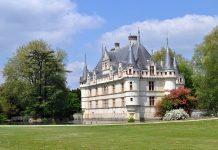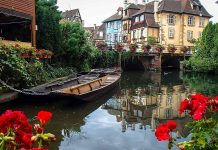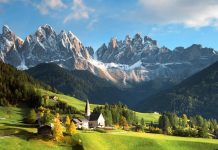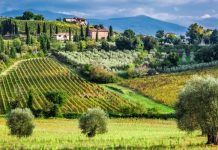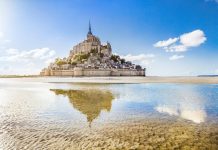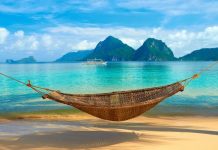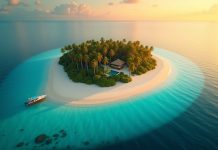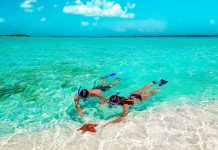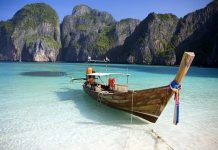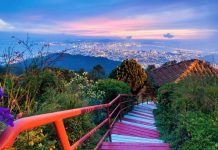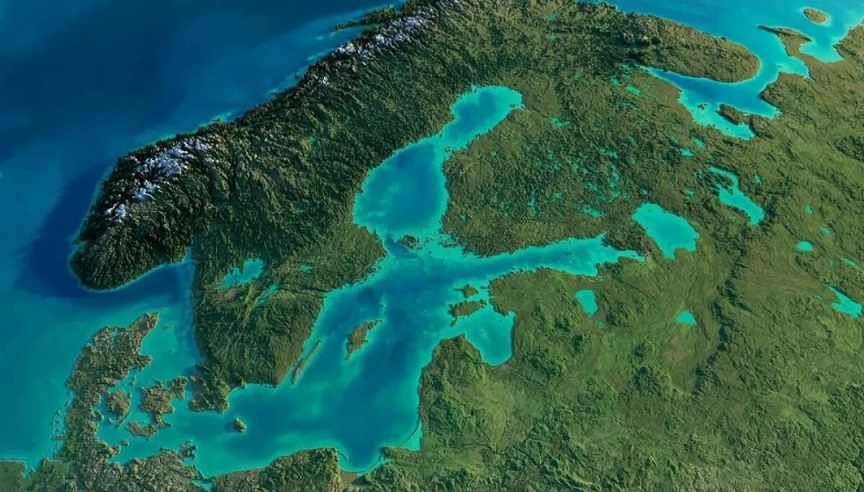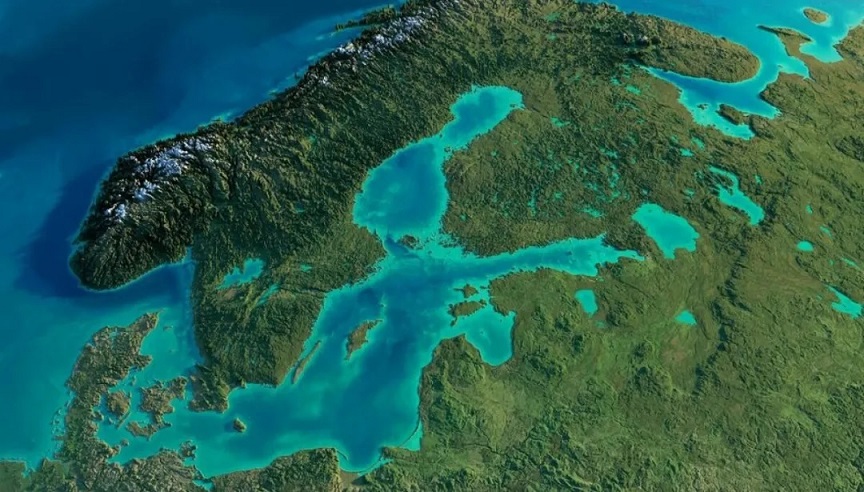
Rügen Island’s Chalk Cliffs: A Baltic Sea Natural Wonder
Perched on the northeastern coast of Germany, the stunning white chalk cliffs of Rügen Island are one of the most breathtaking natural wonders of the Baltic Sea. These dramatic cliffs, part of the Jasmund National Park, attract thousands of visitors each year with their sheer beauty, rich history, and unique geological significance.
A Geological Masterpiece
The cliffs, known as the “Königsstuhl” (King’s Chair), rise up to 118 meters (387 feet) above the turquoise waters of the Baltic Sea. Their striking white appearance comes from chalk deposits formed over 70 million years ago during the Cretaceous period. Over millennia, wind and waves have sculpted these cliffs into jagged formations, creating a landscape that seems almost otherworldly.
The most famous viewpoint is the Königsstuhl itself, a massive rock formation that offers panoramic views of the sea and surrounding beech forests. Nearby, the Victoria-Sicht (Victoria’s View) provides another spectacular vantage point, named after a visit by Queen Victoria’s husband, Prince Albert, in 1865.
Jasmund National Park: A UNESCO World Heritage Site
The cliffs are part of Jasmund National Park, Germany’s smallest national park, yet one of its most ecologically significant. In 2011, the park’s ancient beech forests were designated a UNESCO World Heritage Site, recognizing their untouched beauty and biodiversity.
- Flora & Fauna: The park is home to rare species, including white-tailed eagles, peregrine falcons, and orchids. The dense beech forests, some over 700 years old, create a mystical atmosphere, especially when shrouded in Baltic mist.
- Hiking Trails: The Hochuferweg (High Coast Trail) is an 8.5 km (5.3 mi) path running along the cliff edges, offering breathtaking views and access to hidden coves.
- Visitor Center: The National Park Center Königsstuhl provides interactive exhibits on the cliffs’ geology, wildlife, and conservation efforts.
Myths and Legends
The chalk cliffs have inspired countless legends. One tale speaks of a giant king who sat on the Königsstuhl, ruling over the land. Another legend tells of treasures hidden within the cliffs, luring adventurers to explore their caves. Even the famous German Romantic painter Caspar David Friedrich immortalized the cliffs in his 1818 masterpiece “Chalk Cliffs on Rügen.”
How to Visit the Chalk Cliffs
Best Time to Visit
- Spring & Summer (May–September): Ideal for hiking and clear views.
- Autumn (October–November): Dramatic skies and fewer crowds.
- Winter (December–February): Frost-covered cliffs create a magical, serene landscape.
Getting There
- By Car: Rügen is connected to mainland Germany via the Rügen Bridge.
- By Train: Direct trains run from Berlin and Hamburg to Sassnitz, the nearest town.
- By Ferry: Ferries from Sweden and Denmark also serve the island.
Top Activities
- Hike the Hochuferweg for the best cliffside views.
- Visit Königsstuhl National Park Center for educational insights.
- Take a boat tour from Sassnitz to see the cliffs from the sea.
- Explore Stubbenkammer, a scenic area with prime viewpoints.
- Relax at nearby beaches like Binz or Sellin, known for their historic piers.
Conservation Efforts
Due to erosion, parts of the cliffs collapse periodically, making conservation crucial. Authorities have installed barriers to protect visitors while allowing natural processes to continue. Sustainable tourism practices are encouraged to preserve this fragile ecosystem.
Conclusion
Rügen Island’s chalk cliffs are more than just a scenic wonder—they are a testament to nature’s artistry, shaped over millions of years. Whether you’re a hiker, photographer, or history lover, this Baltic gem offers an unforgettable experience. A visit to these majestic cliffs is a journey through time, where the forces of nature and human imagination collide in spectacular fashion.


